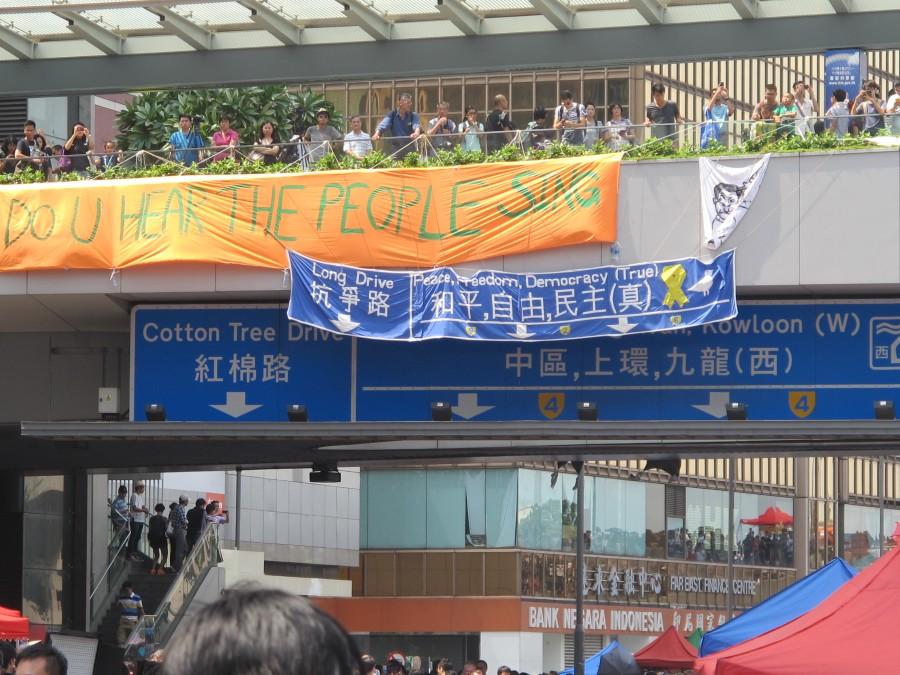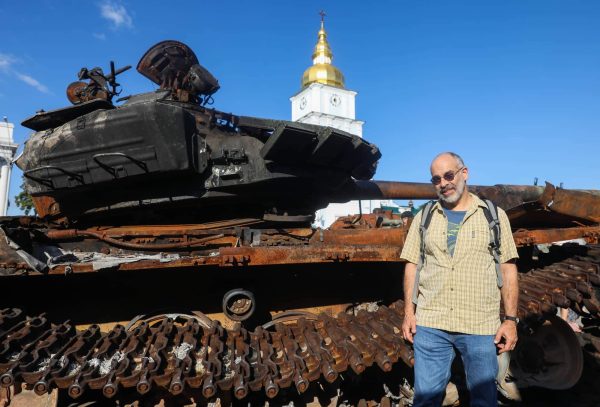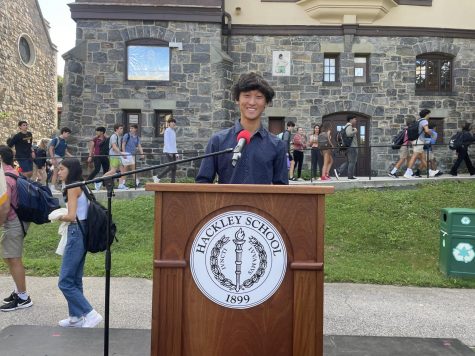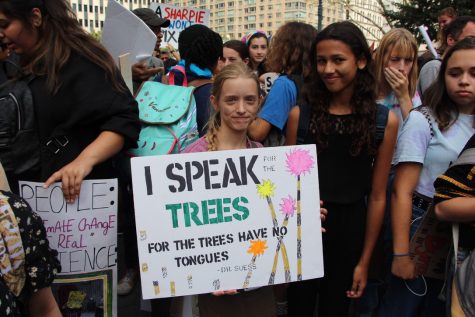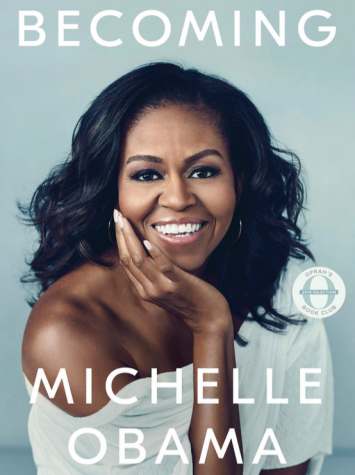Taking a Stand: Hong Kong’s Umbrella Revolution
November 14, 2014
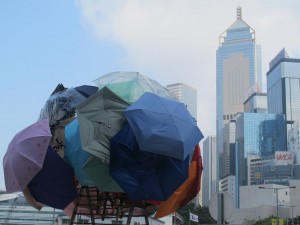
The struggle for universal suffrage and democracy has reached new levels in Hong Kong. Since September 27th, thousands of student demonstrators have engaged in sit-in protests in Hong Kong’s Central district, commonly known as Occupy Central. While these protests were initially intended to be peaceful, interferences by the Hong Kong police and anti-Occupy citizens have caused chaos in the streets. Demonstrators want universal suffrage and the ability of the people of Hong Kong to elect their leader, also known as the Chief Executive.
In 1997 Hong Kong was returned back to Chinese control after a century of being ruled by the British. This transfer of powers promised the Hong Kong population a high degree of autonomy, where it would operate as “One country, Two systems.” A “mini-constitution” called the Basic Law was written at the time stating that universal suffrage was an ultimate goal for Hong Kong.
Currently, candidates for Chief Executive are appointed by a committee of 1,200 Chinese politicians in Beijing. However, politicians have declared that in 2017 their committee will nominate candidates, allowing the Hong Kong people to vote for a leader from that pool of contenders. The protesters are demanding reforms to these conditions that will enable them to elect their own leader freely.
Sophomore Fin McCombe recently moved to the United States after living in Hong Kong. Fin is a strong advocate of the protesters’ actions and believes that “if I were in Hong Kong right now, I would be protesting.”
While he believes in the right of the demonstrators to protest, Fin also feels that the Hong Kong government and police force are justified in their actions to regulate the protest. Even in their early stages, the protests have caused a significant decline in Hong Kong’s stock exchange, local businesses, and tourism
Many have been injured through explosions of tear gas and pepper spray. Protesters began using umbrellas to shield themselves from the gas, which causes severe pain when exposed to skin. Umbrellas have become a symbol of the revolution and even earned its nickname of the “Umbrella Revolution.”
The future for political reform in Hong Kong is still unknown, as the protesters have yet to negotiate terms with the Hong Kong government.

